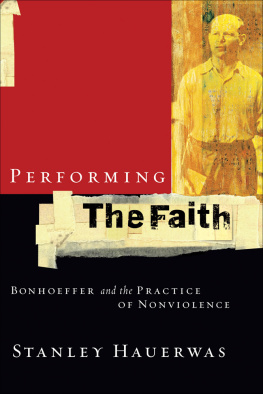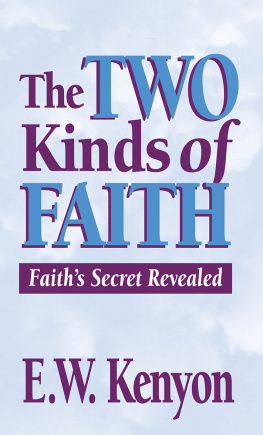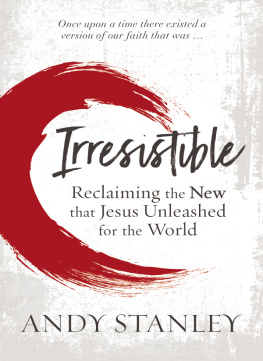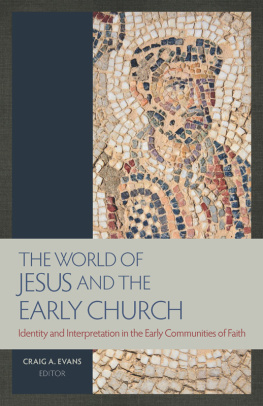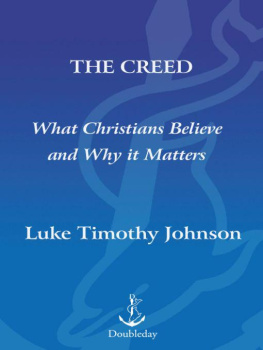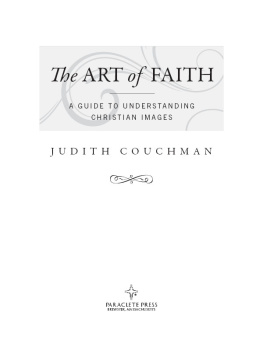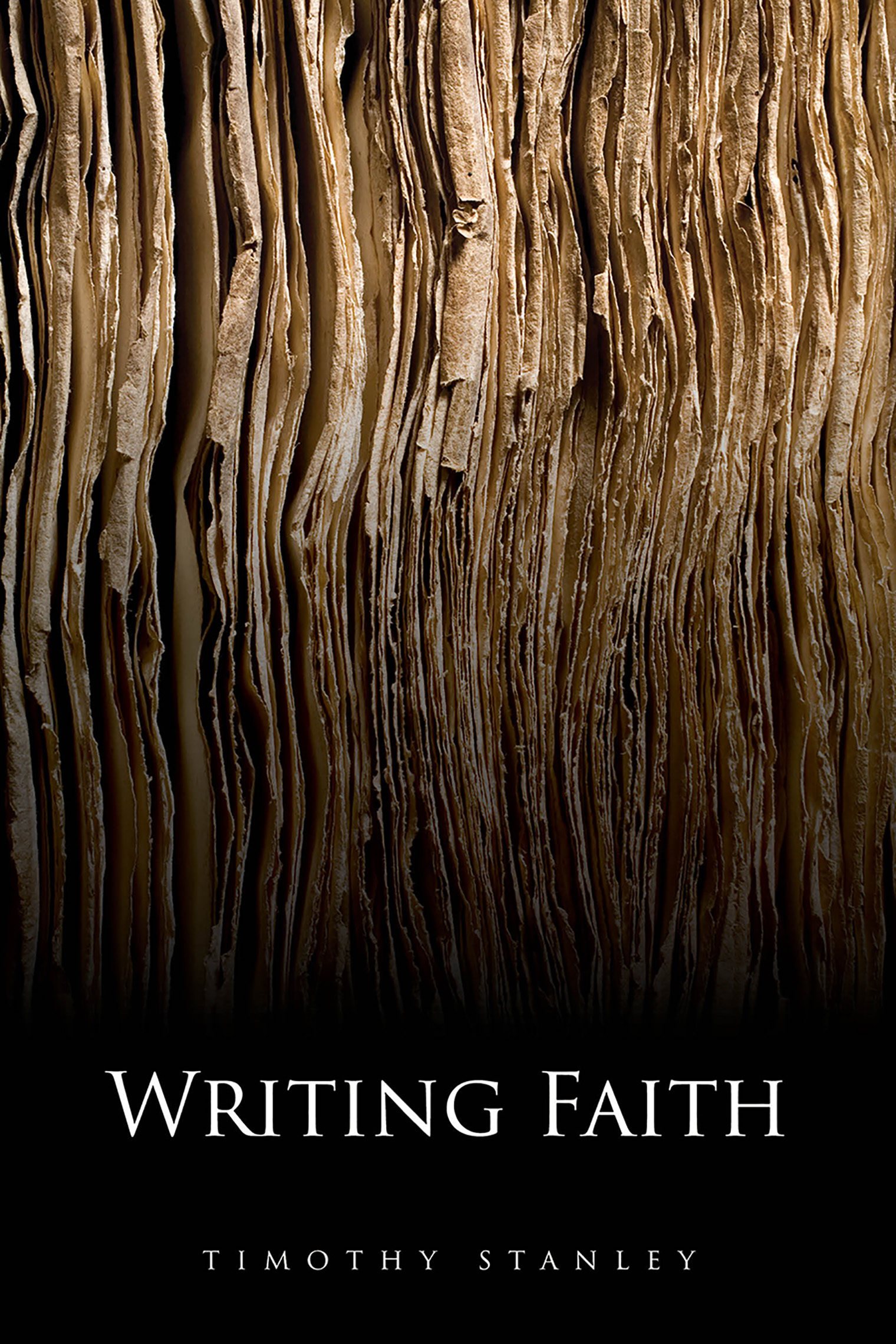Writing Faith
Timothy Stanley
Fortress Press
Minneapolis
WRITING FAITH
Copyright 2017 Fortress Press. All rights reserved. Except for brief quotations in critical articles or reviews, no part of this book may be reproduced in any manner without prior written permission from the publisher. Email copyright@1517.media or write to Permissions, Fortress Press, PO Box 1209, Minneapolis, MN 55440-1209.
Cover image: iStock 2016 malerapaso / Old Book
Cover design: Lauren Williamson
Hardcover ISBN: 978-1-5064-2338-8
Paperback ISBN: 978-1-4514-7472-5
eBook ISBN: 978-1-5064-2329-6
The paper used in this publication meets the minimum requirements of American National Standard for Information Sciences Permanence of Paper for Printed Library Materials, ANSI Z329.48-1984.
Manufactured in the U.S.A.
This book was produced using Pressbooks.com.
Contents
As I am about to embark upon a discourse in praise of scribes, I call on the help of Him who has promised as a reward to sincere scribes the splendor of eternal life.... That this must be understood as meaning not only those who of their own genius compose new works, but also those who copy old works, we shall show, God granting, in the following pages. For however useful the teaching of a scholar may be, it can in no way be brought to the attention of posterity without the service of a scribe; for whatever good we do, however profitably we teach, all is quickly swept into oblivion unless put down in writing through the zeal of scribes. Scribes, therefore give strength to words, remembrance to deeds, and significance to events. If you deprive the Church of them, faith wavers, charity cools, hope fails, righteousness perishes, the law is overthrown, and the Gospel passes into oblivion. In short, if copying ceases, the people will be confounded, devotion extinguished, the peace of Catholic unity disordered and confused. Without scribes what is written cannot long survive without harm; it is destroyed by chance and corrupted with age.... Therefore, when I do not succeed, let no one think that matter is lacking; but let him know that words fail the speaker. With the aid of Christ, however, I shall do what lies within my power, since Charity alone is the cause of my undertaking, Charity rightly said to be capable of all things (1 . Corinthians 13).
- Johannes Trithemius, In Praise of Scribes (De Laude Scriptorum) (Vancouver: The Alcuin Society, 1977), 45.
A number of previous books have emphasized the interrelationship between religion and technology. The following chapters contribute to this field by more narrowly focusing upon writing techniques at an early point in the development of the codex book in the first few centuries of the Common Era. Here, in the interstices between scroll and codex and between Greek and Jewish scribal conventions, a development in the written nature of faith can be discerned. My contention is that this example can inform how the relationship between religion and information technology is more broadly understood. Hence, while my focus is upon an ancient example, my interest remains grounded in a contemporary concern.
My argument proceeds along a number of steps that oscillate between a contextualization of the codex book and reflections upon its religious meaning. The aim is to reframe faiths coincidence with writing. The choice of this early example is grounded in book history, and will be explained in the first chapter. The second chapter then turns to develop an approach to thinking about both ancient and contemporary technology in the work of Jacques Derrida and Martin Heidegger. In that chapter, I will affirm the way Derridas account of writing clarified Heideggers earlier question concerning technology. The third chapter goes on to demonstrate how the question of religion and faith arose in their respective accounts of technology. At this point, it becomes clear both why Derrida and Heidegger raised their questions as they did, but ultimately, did not answer them. The next chapter responds with a more thoroughgoing account of the rise of the Christian codex book. Writing and faith coincided in such a way as to disrupt the rolled book. This disruption turned out to have significant consequences for early Christian notions of cosmopolitan tolerance.
At different points, Derrida referenced Kierkegaard in his account of the question of faith. However, his interpretation belied Kierkegaards own playful appropriation of the authorial role. The final chapter recovers the written nature of faith in Kierkegaards pseudonymous authorship. Kierkegaards interest in philosophical exteriority kept the relation between faith and writing in the play of paradox. My contention is that in so doing, he echoed a key feature of the early codex book. It is in this light that the coincidence between faith and writing can best be understood. An epilogue follows as a coda, which aims to rephrase much more that could be said.
- The aim of this volume is not to provide a comprehensive inquiry into religious technology. Recent examples that provide excellent summaries of the field include: Thomas Carlson, The Indiscrete Image: Infinitude & Creation of the Human (Chicago: University of Chicago Press, 2008); George Pattison, Thinking About God in an Age of Technology (Oxford: Oxford University Press, 2007). Past inquiries are also relevant, such as Jacques Ellul, The Technological Society (New York: Knopf, 1964); Carl Mitcham and Jim Grote, Theology and Technology: Essays in Christian Analysis and Exegesis (Lanham, MD: University Press of America, 1984).
No book is written alone. Thanks are due to the University of Manchester, UK, which funded my Postdoctoral Fellowship in Christianity and Contemporary Culture during 20082010, where this research began. So too, the University of Newcastle, Australia, provided research support upon my arrival in 2010. Lastly, the Huntington Library, USA, hosted me as a reader from September to November in 2010, and again, from November to December in 2011.
In addition, thank you to the various conversationalists who were willing to engage with this work in progress. Parts were presented at the following conferences: Valuing Theological Education Conference, St. Stephens House, the University of Oxford, January 2010; the American Academy of Religion Annual Conference, Atlanta, Georgia, November 2010; and the Group for Religious and Intellectual Traditions Research Seminar at the University of Newcastle, Australia, May 2011. Each of these events helped me think more deeply about the codex book as a religious matter at hand.
A version of the material in this book appeared previously as Faithful Codex: A Theological Account of Early Christian Books, The Heythrop Journal 57 (2016): 928, and as The Codex Book: Recovering Its Cosmopolitan Consequences in Biblical Interpretation: A Journal of Contemporary Approaches 23 (2015): 36998. I would like to acknowledge the editors of these journals as well as both Wiley and Brill for permission to reproduce parts of these articles in the present volume.
Lastly, I would like to thank the curators of the British Library King Henry VIII exhibition. I passed through in August 2009, and noticed Henrys Prayer (Bede) Roll, which appeared to me quite similar to the layout and format of scrolled websites today. It was this connection which first triggered my interest in the long history of the book, and the development of codex and scrolled information technology. Researching that history led me to appreciate better the manifold legacy of faith in that context.


